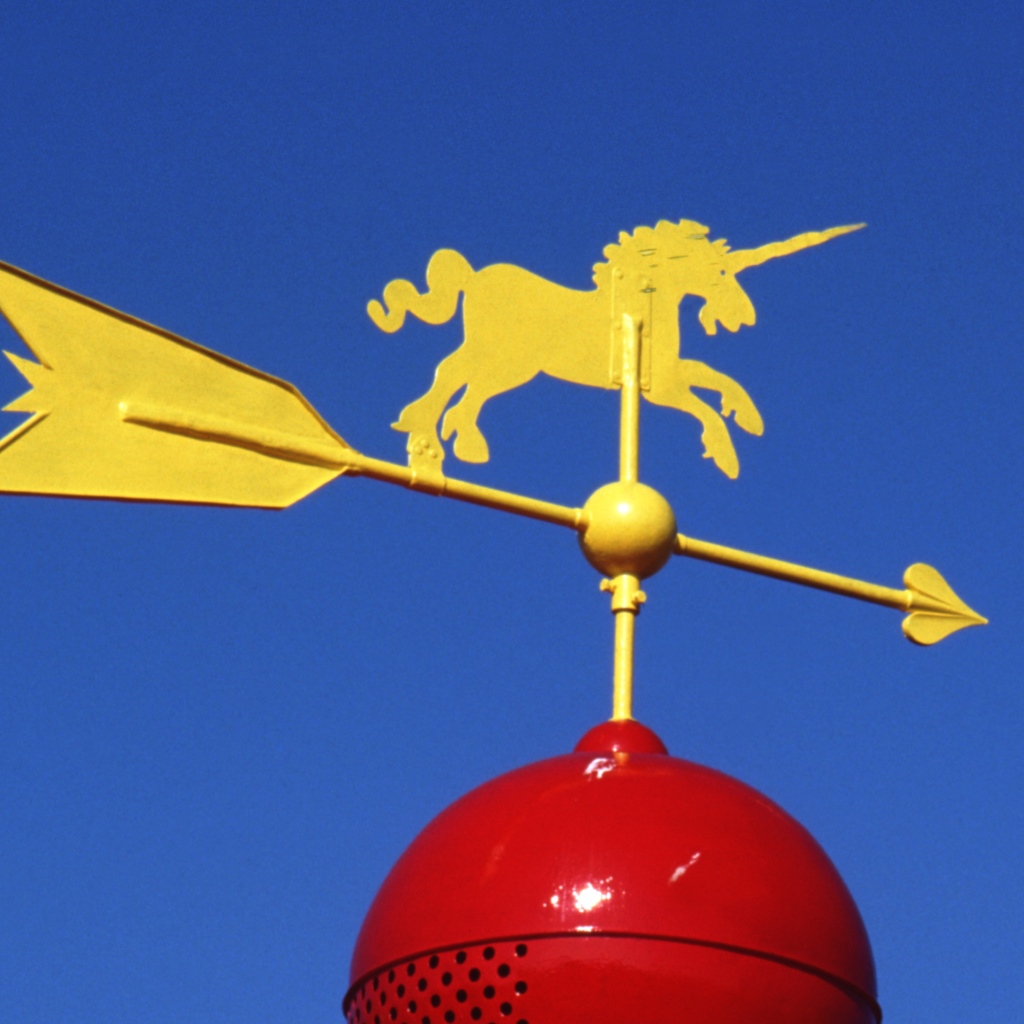Investing
What If Other Tech Unicorns Had IPOs as 'Successful' as Snap's?

Published:
Last Updated:

By Kashif, Investment Analyst at PrivCo, a private company financial intelligence platform
Here are the absurd numbers to expect if other unicorns get as lucky as Snap did in its IPO.
At PrivCo, we specialize in intelligence about private companies. We’ve been particularly enamored by the Snap saga (from startup to unicorn to decacorn to IPO) because it’s got all the things a private company could ever ask for: an interesting and evolving product, global popularity, rapid growth, and the kind of hype that almost guarantees a “successful” exit, at least for initial investors.
We were fortunate to be on the floor of the NYSE to witness the hysteria behind Snap’s IPO last Thursday, which was historic and unprecedented for several reasons. Despite the riskiness of being a consumer-facing tech company that is losing over $500mn a year with declining active user growth and fierce competition, Snap was able to raise over $3bn at a $24bn valuation, with its market cap soaring to around $36bn by the close of the first trading day (using fully diluted shares).
Traders were giddy about the largest such IPO in over three years, but the party quickly came to a screeching halt.
As happens with so many tech companies that go public and reach sky-high valuations amid investor fanfare, Snap’s stock has fallen nearly 30% from its second day session highs. The reason? Analysts seem to finally be catching up to the fact that the company poses incredibly large risks for the price–but it’s a little too late for them to warn investors who bought Snap stock at values exceeding CBS, Deere, CVS, or even Target.
We’ve been saying for some time that Snap would be the bellwether for IPO activity in 2017, especially after three years of declines in IPO volume in U.S. markets. Indeed, we’ve written extensively about the privately-held companies which are most likely to go public in 2017 and the incredible macro/market risks facing all IPO candidates regardless of company health. In the short period of time since those forecasts, many companies have announced they will not IPO due to market conditions or the need to show greater progress first.
For those companies still in the running to go public, Snap just did them a huge favor: by demonstrating that there’s still some investor enthusiasm for highly risky ventures, it may have created a temporary window for other unicorns to follow.
What if the same enthusiasm around Snap spilled over to other tech unicorns — what would these IPOs look like?
We searched through PrivCo’s private company database to determine the valuations, multiples, and growth that should be expected of some upcoming unicorn IPOs if they were to experience the same “pop” that Snap did. The results are presented below.
Methodology
We first assembled a list of tech unicorns that are most likely to go public in the next year or so, which includes Airbnb, Dropbox, Slack, SpaceX, Spotify, and Uber. We assume that each unicorn on the list will seek to IPO at its IPO target price (if target price is known) or at 10% above its most recent valuation (if the target price is not known).
On its hypothetical first day of trading, assuming it follows Snap’s trajectory, the unicorn’s share price will “pop” from the IPO price in order to achieve a Price-to-Sales (P/S) ratio and valuation that is 1.5x its pre-IPO figures–roughly the same pop that Snap achieved on the close of its first trading day.
When this new, higher valuation is divided by the P/S ratio of a comparable company — for instance, Snap and Facebook (7.0x P/S), or Dropbox and Box (7.2x P/S) — we can determine the expected sales figure that the unicorn must attain to achieve the same multiple as its comparable peer. In short, this is the revenue that investors should be expecting from a unicorn given what investors are paying for its closest peers.
Another key finding is the growth percentage needed to achieve this expected sales figure. The higher the pace of growth needed to meet the new sales figure as a result of the pop, the more difficult it is and the longer it will take for a given unicorn to achieve it. Below we explain the analysis on some select unicorns from the list above.
|
Special to 24/7 Wall St. From PrivCo
Finding a qualified financial advisor doesn’t have to be hard. SmartAsset’s free tool matches you with up to 3 fiduciary financial advisors in your area in 5 minutes. Each advisor has been vetted by SmartAsset and is held to a fiduciary standard to act in your best interests. If you’re ready to be matched with local advisors that can help you achieve your financial goals, get started now.
Thank you for reading! Have some feedback for us?
Contact the 24/7 Wall St. editorial team.